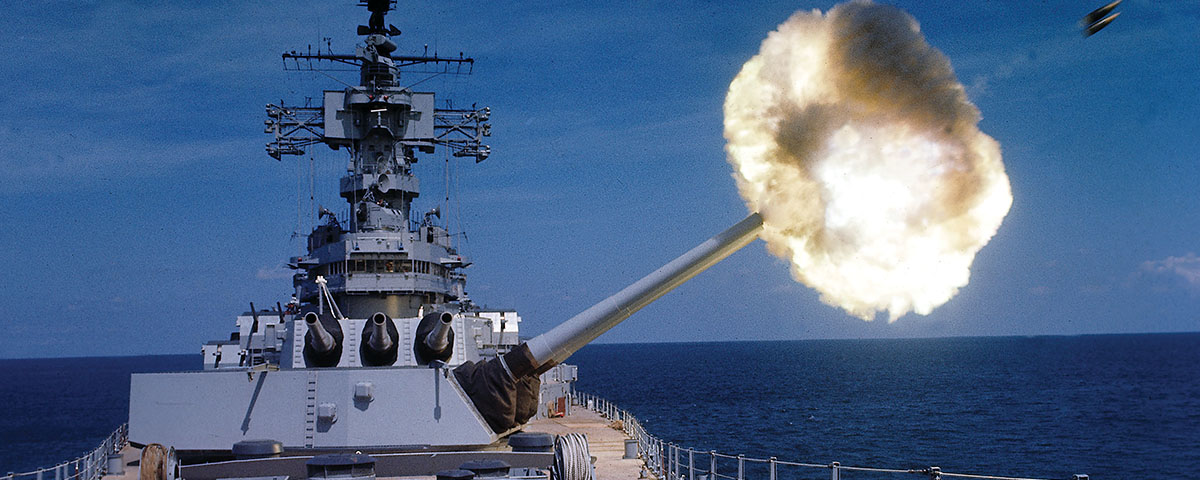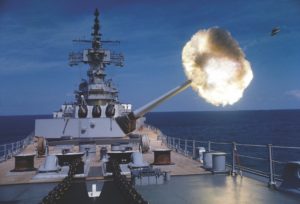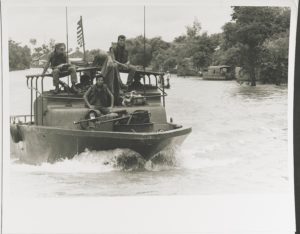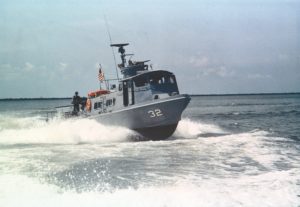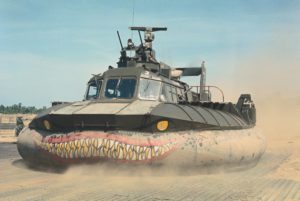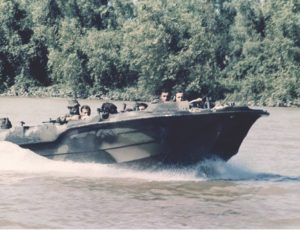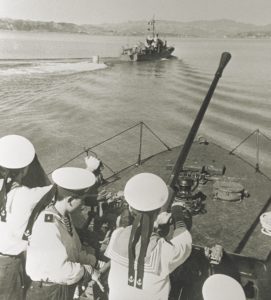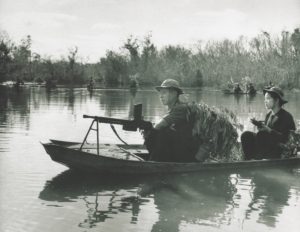From the Gulf of Tonkin to the Mekong Delta, new technologies were launched during the Vietnam War.
Vietnam has hundreds of miles of irregular coastline, along which the enemy spirited boatloads of men and supplies to supplement troops moving overland on the Ho Chi Minh Trail. Meanwhile, Viet Cong vessels plied the Mekong Delta, where they encountered U.S. and South Vietnamese riverine forces patrolling the delta.
Perhaps the most significant legacy of the naval war was the creation of U.S. Navy SEAL (sea-air-land) teams in January 1962. Using members of underwater demolition teams, the SEALs expanded the UDT’s combat roles and honed their skills to the fine edge that they have demonstrated ever since.
The Viet Cong occasionally conducted their own waterborne commando operations. In May 1966, they laid a mine to sink the supply ship Eastern Mariner in Nha Be anchorage and in August used a remotely detonated mine to severely damage Baton Rouge Victory in the Long Tau River, both near Saigon.
In Operation Pocket Money, launched on May 9, 1972, the 7th Fleet laid 11,000 mines to block the North Vietnamese from maritime trade. After the signing of the Paris Peace Accords on Jan. 27, 1973, the Navy spent five months clearing those shipping lanes in Operation End Sweep.

